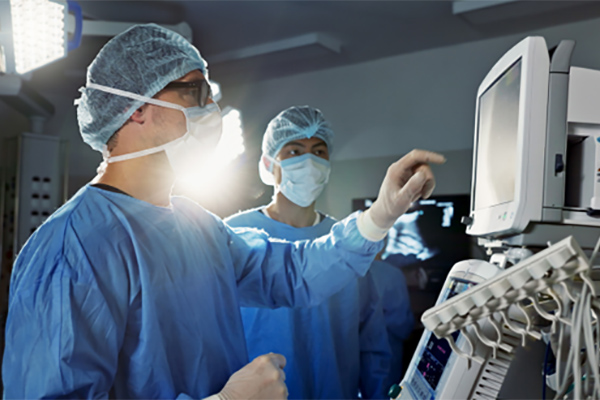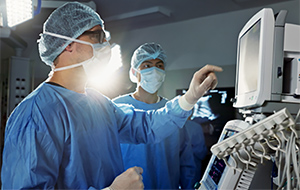
Robotic joint replacement surgery is revolutionizing orthopedic care, offering precision and improved outcomes for patients with chronic joint problems. Although robotics play a key role, the expertise of the surgeon remains the most critical factor in the success of these procedures. Here’s a look at the rigorous training, skills, and ongoing education that empowers surgeons to leverage robotic technology effectively.
Mastering the Fundamentals of Orthopedic Surgery
Before surgeons can integrate robotics into their practice, they must have a strong foundation in traditional joint replacement techniques. This involves years of medical education, orthopedic residency training, and specialized fellowships focused on joint reconstruction. Mastering the anatomy, biomechanics, and surgical techniques of joint replacement lays the groundwork for adopting robotic systems.
Specialized Robotic Surgery Training
Robotic-assisted surgery requires additional training beyond traditional methods. Surgeons undergo hands-on sessions with robotic systems, where they learn to:
- Use preoperative imaging to plan highly accurate surgeries.
- Control robotic arms to perform procedures with unparalleled precision.
- Monitor and adapt to real-time feedback from the robotic system during surgery.
This training is typically conducted at centers of excellence and includes simulation-based learning, proctored surgeries—where procedures are overseen by a more experienced surgeon or certified instructor—and certification exams to ensure proficiency.
The Importance of Experience and Expertise
Robotic systems enhance a surgeon’s capabilities, but experience is essential to achieving optimal outcomes. A skilled surgeon brings critical decision-making abilities, such as determining the best implant positioning or managing unexpected intraoperative challenges. Their expertise ensures that robotic assistance complements, rather than replaces, human judgment.
Advancing Surgeon Education and Certification
Ongoing advancements in robotic technology necessitate continuous education for surgeons. Professional organizations and robotic system manufacturers offer advanced courses to keep surgeons up to date on the latest innovations. Certification programs, annual workshops, and collaborative forums enable surgeons to refine their skills and share knowledge with peers.
A Collaborative Approach to Patient Care
Robotic joint replacement represents the perfect synergy of technology and surgical expertise. While robots provide unparalleled precision, it is the surgeon’s skill and experience that ensures successful outcomes. Patients can feel confident knowing that their care is guided by both cutting-edge technology and human expertise.
AUTHOR: Vincent K. McInerney, MD, is Board Certified by the American Board of Orthopaedic Surgery and a Fellow of the American Academy of Orthopaedic Surgeons (AAOS). He is currently the longest standing committee chairman of the Medical Society of New Jersey's (MSNJ) Committee on Medical Aspects of Sports. He has served as team physician and medical coordinator for the United States Olympic Team Handball Federation, Colorado Springs, Colorado. Dr. McInerney has received the Physician of the Year Award for the Eastern Athletic Trainers Association, Physician of the Year for the Passaic County Medical Society, Educator of the Year Award at Seton Hall University, an active member of the Harvard Medical Alumni Association.





